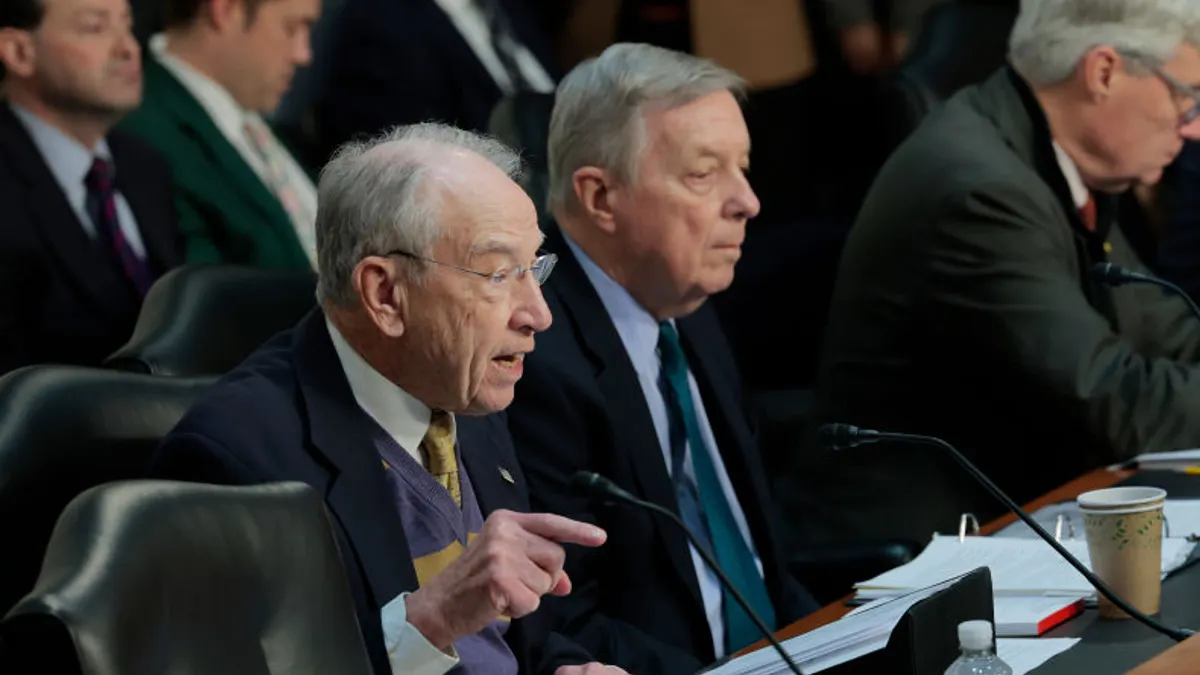Dive Brief:
- Female physicians received an average of $18,677 less in Medicare reimbursements than their male counterparts across 13 different specialties, according to a study published in the Postgraduate Medical Journal Monday.
- Researchers used data from more than three million Medicare claims from 2012 while adjusting for number of hours worked, productivity, and experience to quantify the wage gap.
- The wage gap was largest among physicians in nephrology ($16,689), rheumatology ($15,406), and pulmonary medicine ($11,018). It was smallest in gastroenterology ($4,637), critical care ($4,360), and medical oncology ($3,971), the findings show.
Dive Insight:
While the existence of gender wage gaps is no secret, the study relied on Medicare data and accounted for hours worked, productivity, and experience to address several misconceptions regarding pay inequality.
Research has consistently demonstrated a wage gap between men and women and it has consistently been accompanied by theories attempting to explain this disparity. According to the study authors, these theories often suggest the wage gap exists because women work fewer hours, are less productive, or undervalue the services they provide but they have generally been based on analyses of data that are susceptible to bias or that fail to account for confounding variables.
Researchers also used data from the “Physicians Foundation Annual Report” and The Washington Post to make determinations about number of hours worked, number of services provided, and overall experience.
Prior to adjusting for these factors, female providers were reimbursed an average of $34,126 less than their male counterparts. After adjusting for these factors, female providers were reimbursed an average of $18,677 less. A wage gap existed across 13 specialties examined.
These results are consistent with similar investigations of the wage gap in healthcare. In fact, the wage gap may even be getting worse. Male physicians beginning their career in New York earned $16,819 more than their female counterparts in 2008. In 1999, they had only earned $3,600 more.
Researchers did not pose their own theory to explain the wage gap, but they concluded that “the commonly held theories of why monetary disparities exist need to be revisited.”













